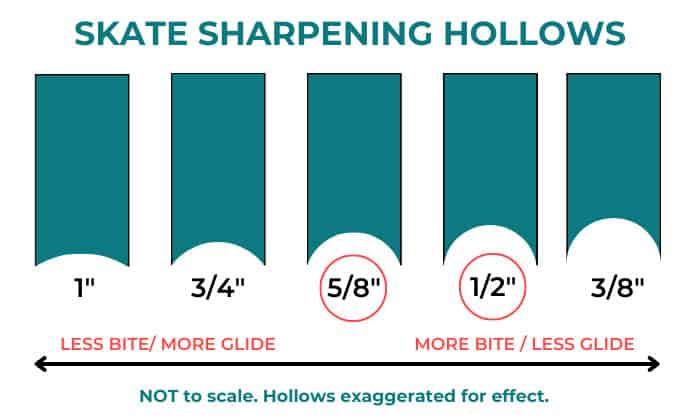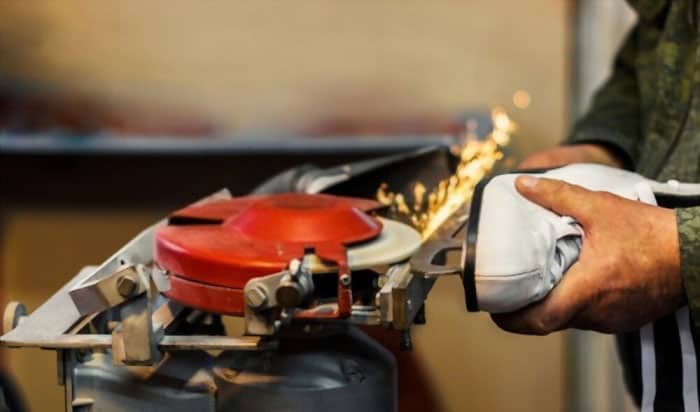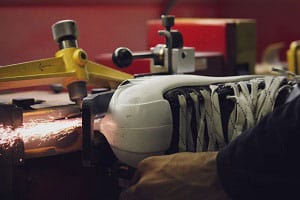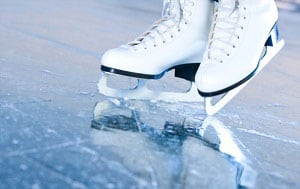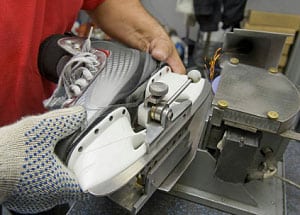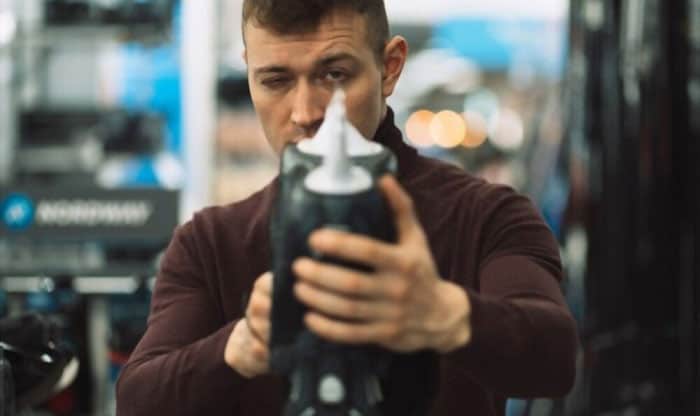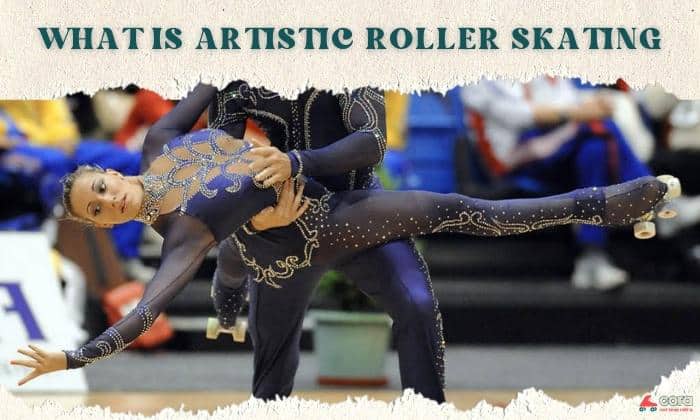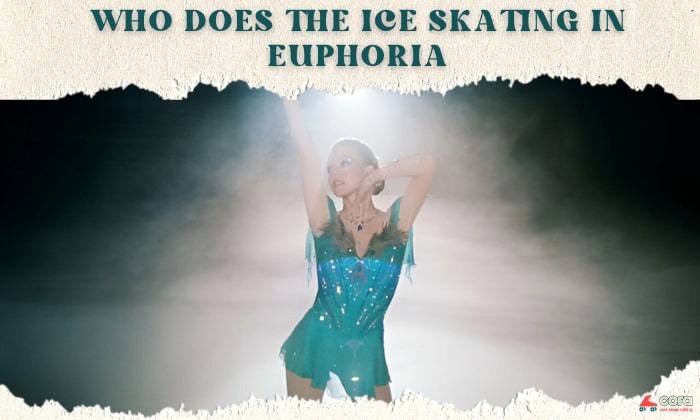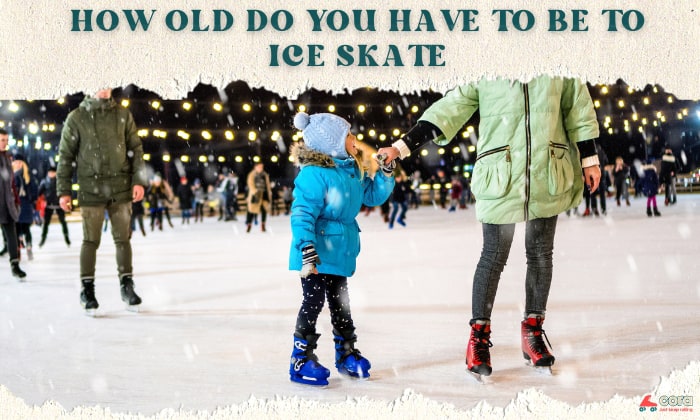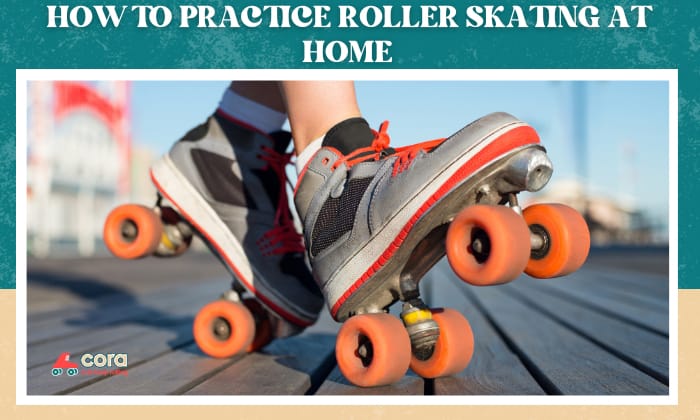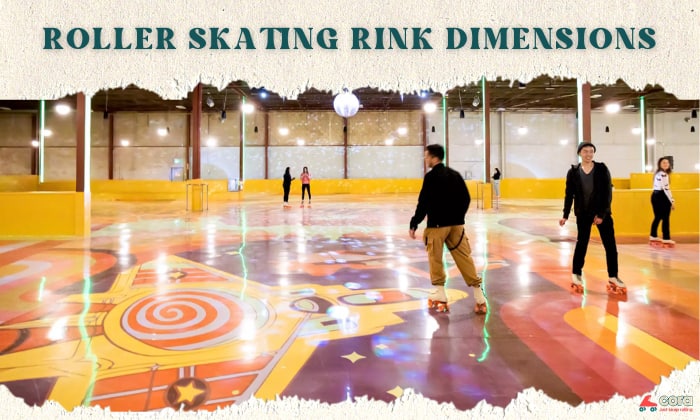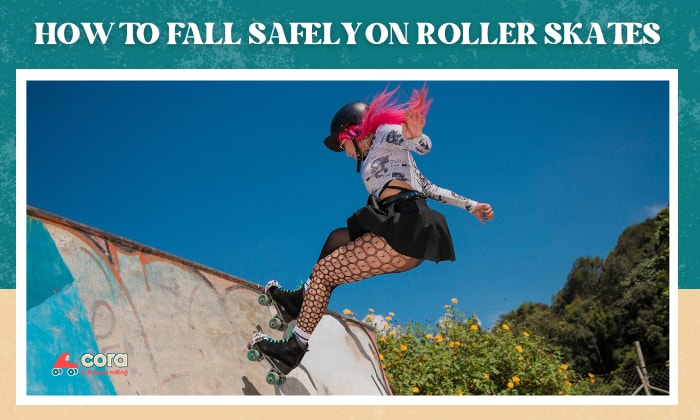Are you standing in a skate shop eyeing an ice skate sharpening chart in confusion? Don’t worry, we all go through this at first.
Two of the common radii you can choose for your skates are 1/2″ and 5/8″. In this article, we will explain the differences between the two to help you decide on one for yourself. Keep reading to learn all there is to know about 5/8 vs 1/2 skate sharpening hollows!
Page Contents
1/2 Inch Hollow vs 5/8 Hollow
1/2 and 5/8 inch hollows are the common radiuses that you can get when having your skates sharpened. The latter has a duller profile and less prominent tips, while the former has a sharper feel and more pronounced tips.
They also differ in other ways. Let’s briefly go through all of them:
| 1/2″ Skate Hollows | 5/8″ Skate Hollows | |
| Radius | Smaller radius | Larger radius |
| Depth | More depth (grind or bite)
Dig into the ice more |
Less depth (grind or bite)
Dig into the ice less |
| Grip | More grip | Less grip |
| Speed | Slower due to friction | Glide faster on the ice |
| Balancing | Makes balancing easier | Makes balancing trickier |
| Stopping | Easier to stop | More difficult to stop |
| Turning | Makes long/large turns easy
Makes tight turns hard |
Makes long/large turns hard
Makes tight turns easy |
| Maneuverability | Offers less maneuverability | Offers more maneuverability |
| Fatigue | Allows fatigue to set in faster | Allows fatigue to set in slower |
1. Radius
The 5/8″ hollow has a larger radius than the 1/2″ hollow, resulting in a duller edge. In fact, if you look at skate sharpening radius chart, a 1/2 radius is the third-sharpest blade, after a 7/16” and a 3/8″ hollow.
| Radius of Hollow | mm | 25,4 | 22,2 | 19,1 | 15,9 | 14,3 | 12,7 | 11,1 | 9,5 |
| inches | 1” | 7/8″ | 3/4″ | 5/8″ | 9/16” | 1/2″ | 7/16” | 3/8″ |
2. Depth
The depths of the 5/8″ and 1/2″ skate sharpening cuts also differ. The latter is deeper, while the former is shallower.
The greater depth, sometimes called grind, implies that the skates sink more into the ice. On the other hand, shallower blades mean the skates will only graze the surface. This difference drastically impacts the skater’s grip and speed, among other factors.
3. Grip
The 5/8″ skate sharpening hollow provides skaters with less grip than the 1/2″ because it has a shallower depth and does not bite deep into the ice.
In contrast, 1/2″ hollows penetrate the surface deeper due to the sharper edge. Therefore, those with 1/2″-hollowed skates have better grip and an easier time balancing. In other words, they are more grounded and unlikely to slip and slide.
As a 1/2″ hollow provides more grip, it’s more ideal for beginners who are learning to stay upright on ice for the first time. It’s much less intimidating, compared to the 5/8″-hollowed skates.
4. Speed
Speed is one of the notable aspects skaters on 5/8″ hollows must exchange for grip. This is because skates with this hollow radius don’t bite as much into the ice, creating less friction. As a result, they allow you to effortlessly glide on the surface.
5. Stopping
Skate sharpening measurements also affect how easy it is to stop in skates. To elaborate, halting is simpler on 1/2”-hollowed skates since they have more bite. The skates dig into the ice, making braking effortless. In comparison, 5/8” hollows scrape the surface, so they’ll require more effort to grind to a stop.
6. Turning
No matter what kind of skating sport you participate in, you’ll need to do turns on your skates. And how smoothie you can do so depends on the types of skate sharpening hollows you get.
1/2” hollows with deeper grinds cannot deliver as smooth turns as 5/8” hollows. Therefore, skaters who want to twist, turn, and twirl gracefully on the ice should choose 5/8” hollows over 1/2” hollows.
However, it is also necessary to distinguish between long turns and tight turns. For example, if you are a hockey player, you will perform tight turns more, meaning a blade with deeper grip is preferable. In this case, it’s better to opt for 1/2” hollows.
7. Maneuverability
Skaters get more maneuverability on shallow skates with less grip, aka. those with 5/8” hollows. To be specific, these duller blades allow skaters to navigate and maneuver comfortably. If you intend to skate mostly outdoors, where there are plenty of obstacles to overcome, 5/8”-hollowed skates will be ideal.
8. Fatigue
Since 1/2″ hollows create more friction, which drags you down, they’ll tire you out faster. In contrast, people gliding on 5/8″ don’t need to exert as much force to move around, so it’ll take longer for them to get fatigued.
9. Pros & Cons
- Balancing is easier and less intimidating
- Stopping is easier
- Permits long, large turns
- Limits speed
- Lets fatigue set in more quickly
- Permits higher speed
- Making tight turns is easy
- Offers more maneuverability
- Allow skaters to go longer without getting tired
- It is trickier to balance
- Stopping it more difficult and tiring
- Limits long, large turns
Frequently Asked Questions (FAQs)
How are skates sharpened?
Skates are sharpened into a curved surface using a spinning stone. Depending on how sharp you want your blade to be, the stone’s surface can be adjusted to be flatter or more curved.
To the untrained eyes, sharpened skates look like unsharpened ones. You’ll need to do the classic thumbnail test to check your skate. This means you’ll need to run your thumbnail across the blade. If your finger glides smoothly and the edge doesn’t slightly scrape your nail, then the skate is too dull to safely run on the ice.
What skate sharpening makes you faster?
If you want to go faster, you should choose shallower hollows. Between 1/2″ and 5/8″, the latter is shallower. For 1/2 vs 7/16 vs. 9/16, the shallowest hollow offers the highest speeds.
What skate sharpening should I get?
Most skate sharpening guides recommend choosing based on your weight. The chart weight suggests that 1/2″ is the standard choice for most skates. However, if you are heavier than an average person, a 5/8″ will be a better option.
What is the most common skate sharpening radius?
As mentioned above, 1/2″ is the most common. It is the default measurement that skate shops use if skaters do not specify a desired radius. However, this does not mean it is the best radius for everyone.
Conclusion
Now, you know the essentials to 1/2″ vs. 5/8″ skate sharpening hollows. Each type offers certain perks; you just need to think about which merits you want and which you are willing to give up.
For example, if you love the thrill of speeding in skates, you will prefer 5/8″ hollows, as they can glide quickly and will not limit how fast you go. But if you play hockey and count on tight turns, 1/2″ hollows might be more ideal.
Tell us your final decision in the comments down below!

Harrison is a skating enthusiast who picked up the sport during her student exchange years in Canada. She has been a skating coach for children and teens for 3 years and now holds classes as a freelancer. Harrison entwines her experience leading skating classes in the content published on Cora to help readers fall in love with skating, just like she did.


